What is Osteopathy
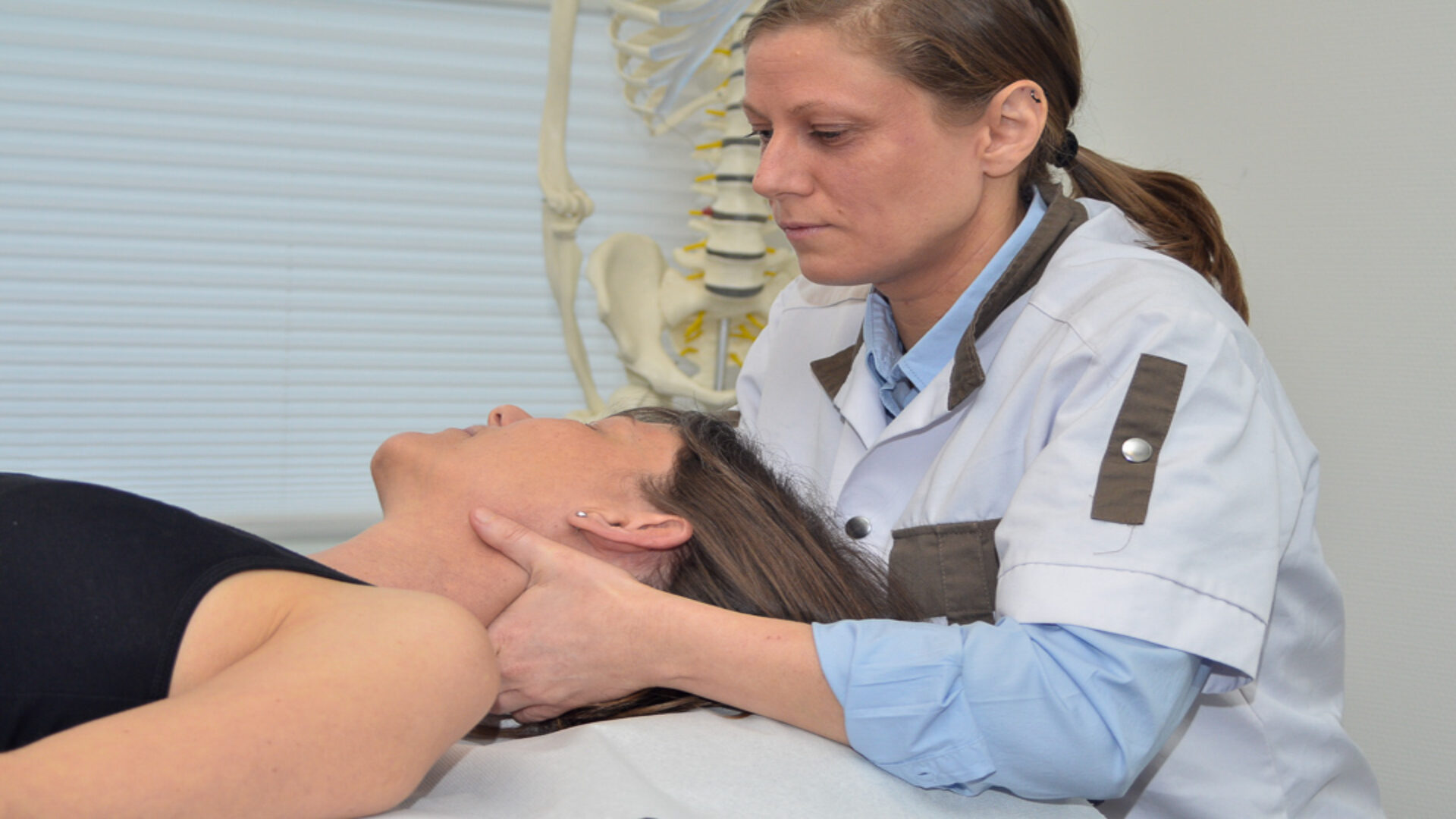
Let's begin with the definition
The definition of osteopathy according to the European Convention of Osteopathy in Brussels in 1987 :
“Osteopathic medicine is a science, an art and a philosophy derived of health care supported by expanding scientific knowledge. The philosophy embraces the concept of the unity of the living organism as structure and function. Its art is the application of its concepts to medical practice in all its branches and specialities. Its science include among others the behavioural, chemical, physical and biological knowledge related to the establishment and maintenance of health as well as the prevention and allevation of disease.”
Invented by the American doctor A. T. Still in 1874, Osteopathy is a manual and holistic therapeutic method consisting in the prevention, diagnose and manual treatment of the dysfunctions of the mobility of the tissues likely to alter the state of health.
Osteopathy is curative and preventive : You can visit your osteopath while you are in pain, in between crisis if you are suffering from a chronicle pain, discomfort or disease, or even come in prevention if your profession or sport is a frequent source of problem.
The osteopath will interrogate his patient in detail about the problem, but also about his lifestyle and medical history, then perform medical and osteopathic tests to find the cause of trouble.
Therefore, the consultation purpose will not only be to treat the pain but also to prevent it from coming back.
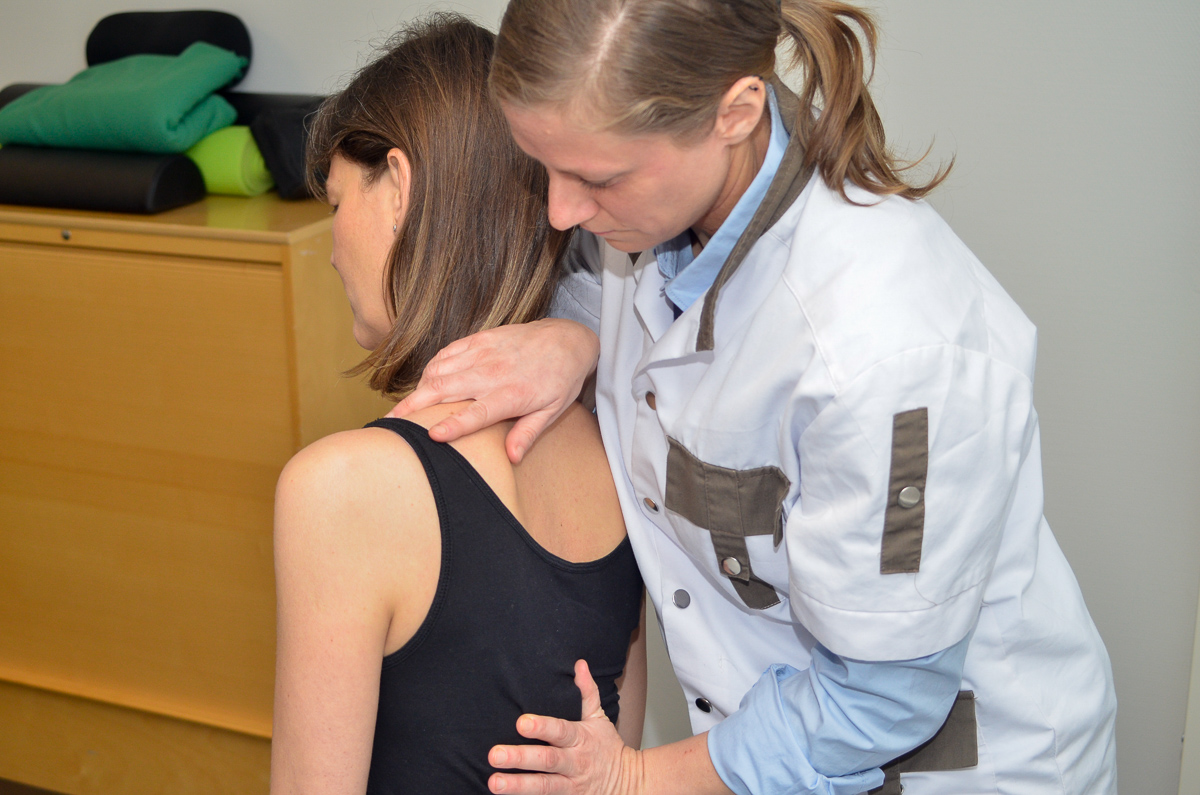
4 basic principles rules
• the unity of being and interrelationship between the different body parts
• the structure governs function and vice versa
• The body has in itself the means to fight disease
• the rule of the artery
The unity of being and the interrelationship between the different body parts:
All parts of the body are linked by connective tissue and fasciae, veins, arteries and lymphatic system, nervous, endocrine, and immune systems… but the body health is also inseparable from the emotional and mental state.
One of the osteopathic concepts is so to have a systemic approach: to see each patient as a whole, and not only his/her disease or symptom.
The structure governs function and vice versa
Each body structure oversight a physiological function, and this function maintain the structure. For example, the skeleton and muscles ensure the support and mobility of the different organs and systems, and these ones ensure the healthy functioning of bone tissue.
The osteopath will endeavor to provide a maximum of mobility to the different tissues, releasing the structure and improving the function.
The body has in itself the means to fight disease
The human body has many systems of repair, regulation, defense, adaptation, and compensation, allowing homeostasis: The regulating process by which the body maintains its constants: temperature, hydration, blood pressure, pH…
The osteopath, by using only his hands, will help to find balance.
The rule of the artery
Each tissue needs a proper vascularization so that the information and the nutrients brought by the diet, the oxygen, and all of our chemical messengers (hormones…) can be properly dispatched and used.
By treating the mobility dysfunction, the bloodstream is optimal, helping the body’s natural healing process.
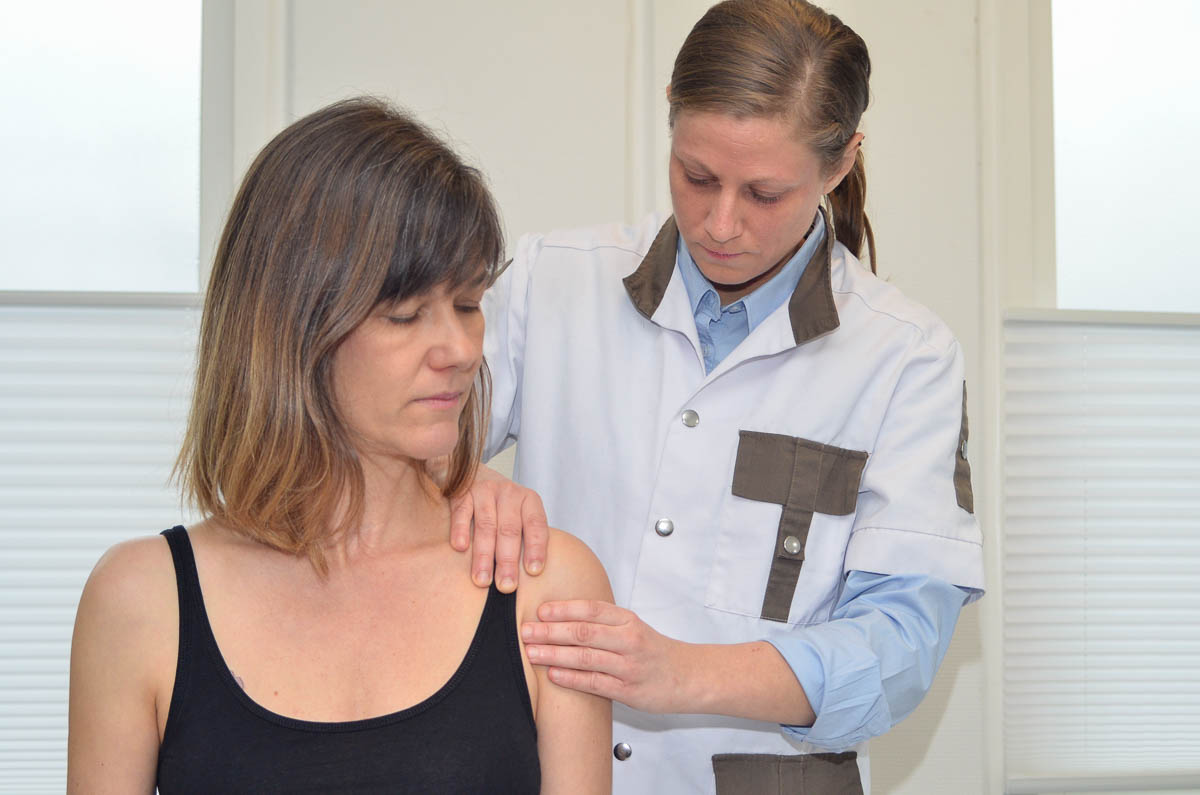
The functional disorder
It is a medical condition that impairs the normal function of a bodily process, but where every part of the body looks completely normal under examination, dissection or even under a microscope. This stands in contrast to a structural disorder (in which some part of the body can be seen to be abnormal) or a psychosomatic disorder (in which symptoms are caused by psychological or psychiatric illness).
For example : you have a back pain, a migraine, or painful periods, but under medical examination and test, everything seems normal.
Osteopathy, working to make a satisfactory state of equilibrium, reduces the harm of functional disorders, either by eliminating their cause or by reducing their impact over time.
Advantage :
The osteopath has at his disposal a comprehensive range of treatment techniques, so the consultation is adaptable to everybody and personalize : Osteopathy can provide care for everybody whatever the age, sex, activity, condition, or lifestyle, because of its wide range of techniques. It is a painless and not invasive treatment.
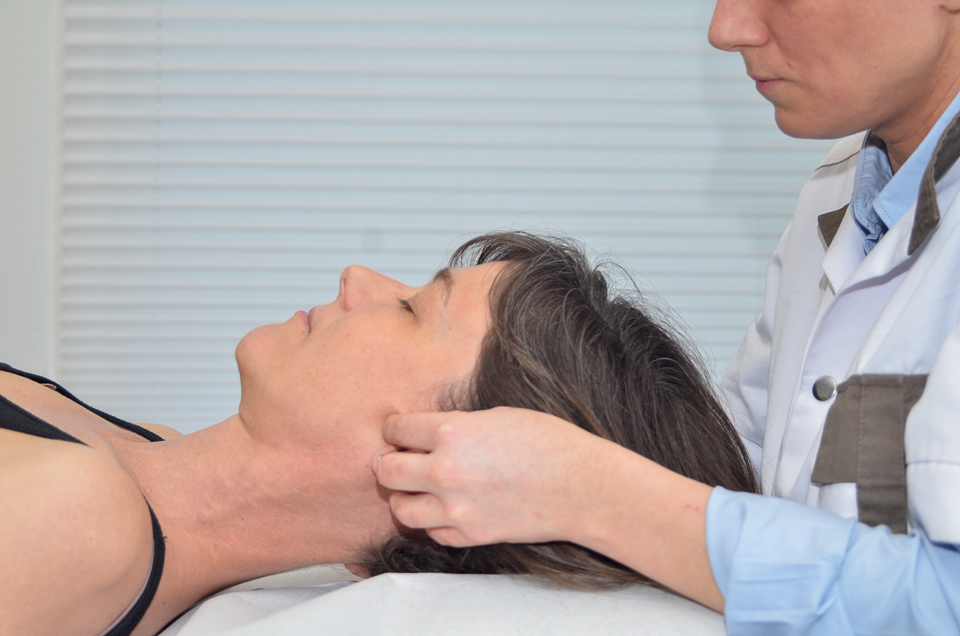
Conclusion
Osteopathy prevent and treat all the different area and tissue of the body, whatever the amount of pain or discomfort. You will always have a global treatment, depending on your expectations, lifestyle, medical state and background. The goal is to restore the body’s balance and function and make all structures move freely relative to each other, normalize blood circulation and thereby stimulate the body to regain its normal function and heal itself.
It is also recommended to visit your osteopath once or twice a year in order to prevent any problem from getting worse or persistent : everybody have weak zones depending on medical history, previous injuries, side effect of long term drug treatment, professional and sportive constraints, pollution…
An osteopath is trained to make a diagnosis and work in collaboration with other healthcare professionals.
-
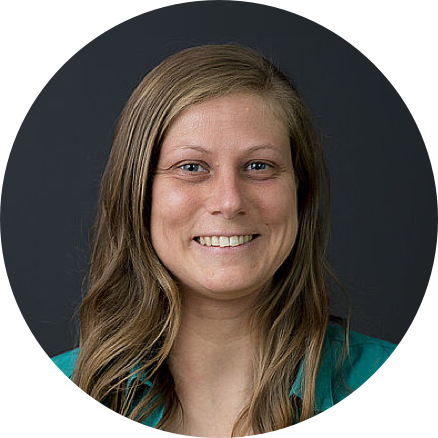
Maud Clément
Autoriseret osteopat
-
Opening HoursMonday - Friday08.00 - 17.00AddressRosenvangs Allé 17, 8260 VibyGet DirectionsParkingFree Parking4 spotsBus Departures2A1A4A142022A stops in front of the clinic.
1A, 4A, 14, and 202 stop 3 minutes away.AccessibilityThe clinic offers handicap access and a spacious waiting room